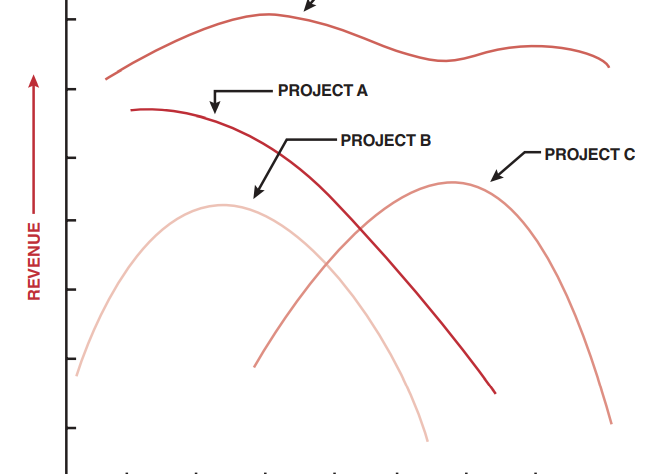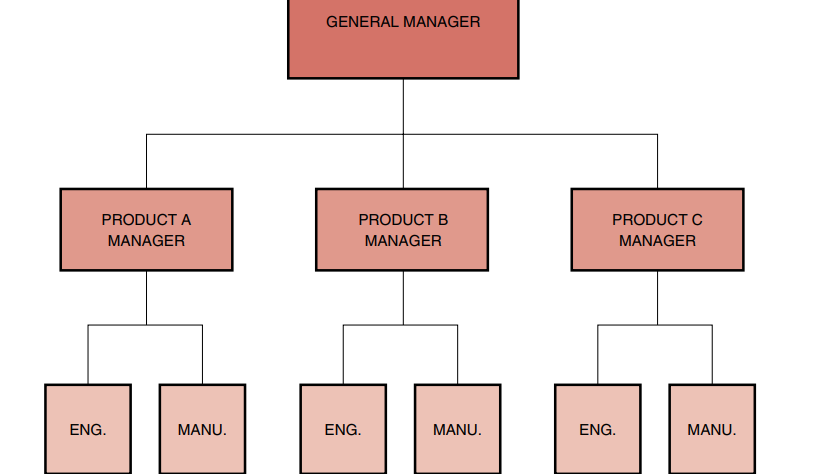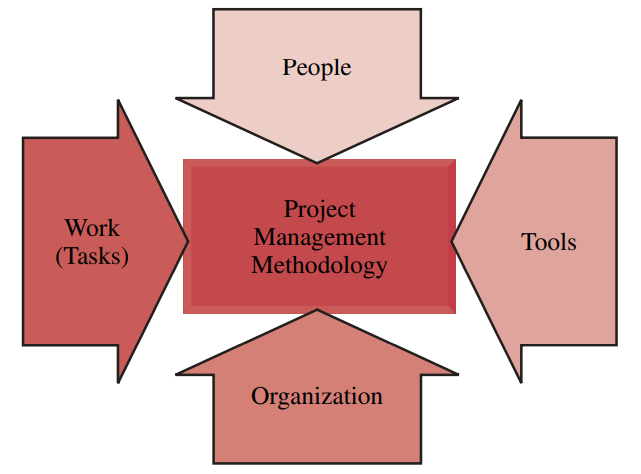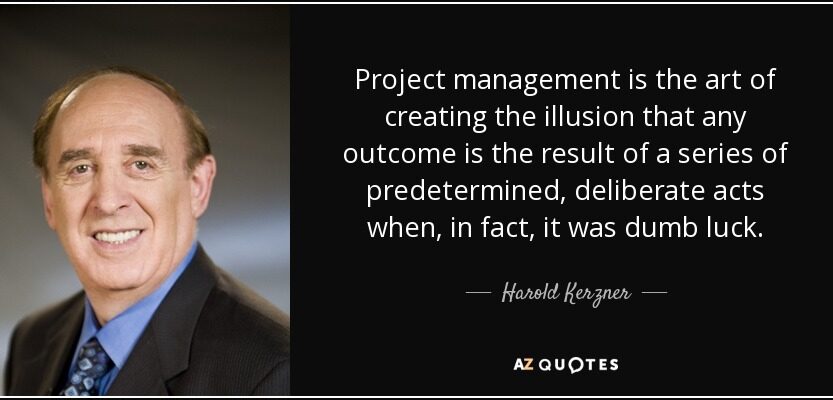In project-driven companies, the creation of a project management division is readily accepted as a necessity to conduct business.

Senior Project Manager
A business consultant (from Latin consultare, “to discuss”) is a professional who provides professional or expert advice in a particular area such as security (electronic or physical), management, accountancy, law, human resources, marketing (and public relations), financial control, engineering, science, digital …

In project-driven companies, the creation of a project management division is readily accepted as a necessity to conduct business.

The matrix can take many forms, but there are basically three common varieties. Each type represents a different degree of authority attributed to the program manager and indirectly identifies the relative size of the matrix structures company.

The matrix organizational form is an attempt to combine the advantages of the pure functional structure and the product organizational structure.

The pure product organization, develops as a division within a division. As long as there exists a continuous flow of projects

It soon became obvious that control of a project must be given to personnel whose first loyalty is directed toward …

Ultimately, all decisions and policies are made on the basis of judgments; there is no other way, and there never will be. In the end, analysis is but an aid to the judgment and intuition of the decision maker.

It has often been said that the most difficult projects to manage are those that involve the management of change.

Harold Kerzner (born ca 1940) is an American engineer, management consultant, Emeritus Professor of Systems Management at Baldwin Wallace University, and Sr. Executive Director for Project Management at the International Institute for Learning,[1] known for his work in the field of project management.

Achieving project management excellence, or maturity, is more likely with a repetitive process that can be used on each and every project. This repetitive process is referred to as the project management methodology.

When companies recognize the need to begin developing processes for project management, the starting point is normally the stage-gate process. The stage-gate process was created because the traditional organizational structure was designed primarily for top-down, centralized management, control, and communications, all of which were no longer practical for organizations that use project management and horizontal work flow.